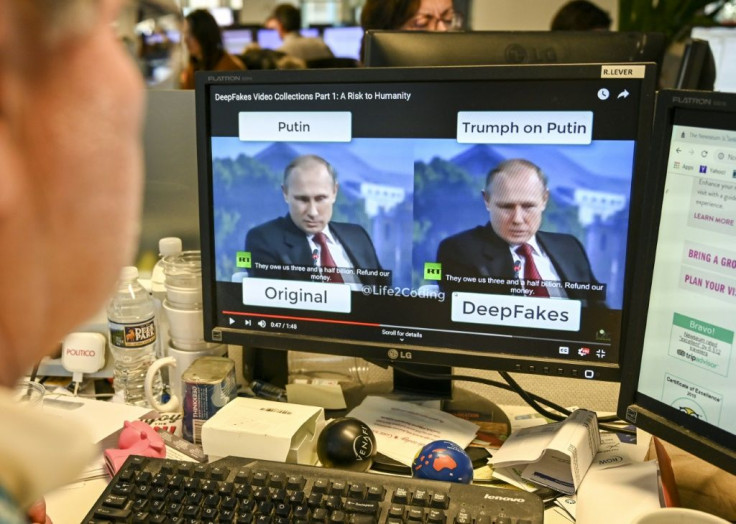‘Perfectly Real’ Deepfakes Are ‘6 To 12 Months Away,’ Expert Says

A pioneer in deepfake video technology said it is advancing so fast that people will have access to “perfectly real” deepfakes in less than a year’s time.
An expert in the field of deepfake video technology claimed that based the speed of the advancements in today’s technology, the average person will soon have access to technology allowing them to create astonishingly believable deepfakes.
Hao Li, a deepfake pioneer and an associate professor of computer science at the University of Southern California, told CNBC in an interview that manipulated images and videos that appear “perfectly real” will be accessible to the average person in six months to a year’s time. The pioneer in deepfake technology, made this claim after an app named Zao shot to the stop spot in the Chinese iOS App Store.
“Deepfake” is the process of using computers and artificial intelligence to manipulate videos to make them appear believable even when they’re actually fake. The International Business Times reported one example of this months ago, where an AI was able to create eerily believable videos of people using just one photo. One video in particular showed the Mona Lisa talking as if she was a living person.
Zao, the Chinese deepfake app, also featured the ability to create videos using just one photo. Twitter user Allan Xia revealed how the app works, uploading several videos showing his face superimposed on various characters from different shows including some of Leonardo DiCaprio’s movies, Dwayne Johnson and Jason Statham from “Hobbs & Shaw,” and as Tom Hiddleston’s Loki in “Avengers.”
Xia also revealed that the AI can also superimpose a user’s face on videogames. As an example, he showed a video of himself as Nero from the hit game “Devil May Cry 5.”
Li, the deepfake pioneer, said that currently, it’s still “very easy” to detect deepfakes using nothing but the naked eye. Soon, however, with the developments in technology, it won’t be that easy to distinguish between a deepfake and reality.
“Soon, it’s going to get to the point where there is no way that we can actually detect [deepfakes] anymore, so we have to look at other types of solutions,” Li said.
The deepfake pioneer added that while the technology can be used for beneficial purposes, people with intentions to deceive or manipulate can also use it for their gain, too. Researchers, then, must work hard to develop ways to detect deepfakes.
© Copyright IBTimes 2024. All rights reserved.




















